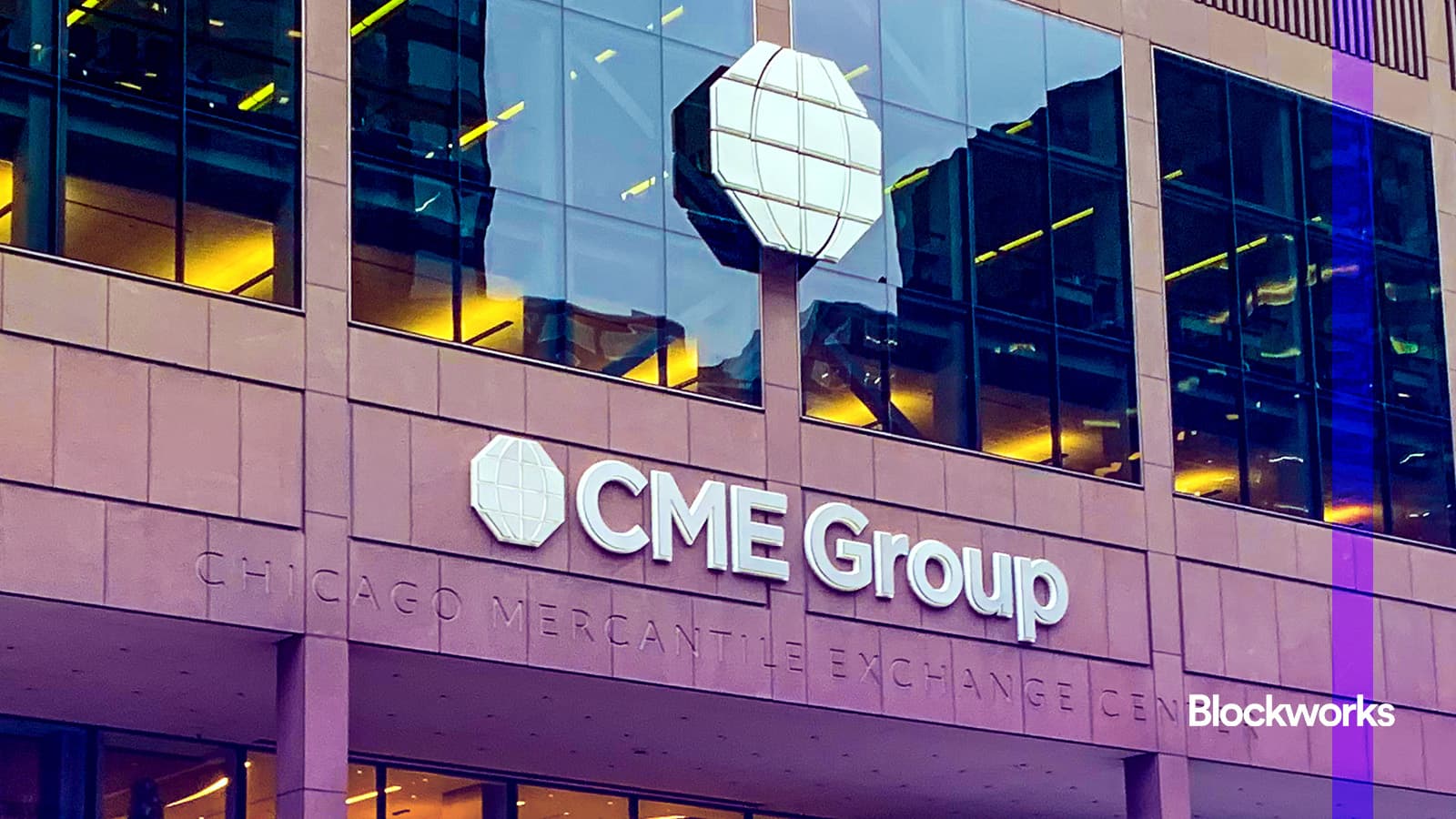Alpenglow Upgrade Passed! Solana Undergoes a Major Restructuring, Completely Overhauling Consensus, Economics, and Security Models
By Frank, PANews
Although it has not received widespread attention, the Solana network has ushered in a major consensus and performance upgrade as expected.
On September 1st, the Solana network's Alpenglow proposal (SIMD-0326) was officially approved by a community vote. The core achievement of this upgrade is to reduce the network's deterministic block finality time from approximately 12.8 seconds to a target range of 100-150 milliseconds. However, Alpenglow is not simply a parameter adjustment or optimization; it is a reshaping of the Solana network's consensus layer. Its impact goes far beyond performance improvements. More importantly, it has the potential to comprehensively transform Solana's consensus mechanism, economic model, and future development direction. In short, this transformation will have far-reaching implications for the entire ecosystem.
The final confirmation time is reduced from 13 seconds to 150 milliseconds, but it is not just a speed increase
Alpenglow is a new consensus protocol proposal for Solana. It was first officially introduced by Anza at the Solana Accelerate conference in New York City in May. Anza is the team behind Agave, Solana's primary validator client, as well as several tooling and critical infrastructure upgrades on the network over the past few years.
The core of Alpenglow is to significantly improve network performance by reconstructing Solana's consensus mechanism. Due to the changes in the consensus mechanism, the economic model structure of the entire network is also affected.
Technically, Alpenglow has two core components: the new finality engine Votor and the high-performance data transmission layer Rotor.
Before understanding the significant changes brought about by these components, it's perhaps helpful to review Solana's current consensus system, which primarily consists of Proof of History (PoH) and Tower BFT. Under the current system, Solana's network requires two confirmations for a block to be confirmed: "optimistic confirmation" and "final confirmation."
"Optimistic confirmation" means that after a user submits a transaction, the transaction status typically changes to "confirmed" within approximately 500-600 milliseconds. This means that the block containing the transaction has been voted on and approved by validators representing more than two-thirds of the network's stake. However, in reality, "optimistic confirmation" is only a preliminary confirmation and is not theoretically irreversible. A true, definitive final status, "finally confirmed," requires a lengthy process. Under the Tower BFT mechanism, a block must reach the so-called "maximum lock" state, which requires the network to confirm at least 31 subsequent blocks consecutively after the block. The entire process takes approximately 12.8 to 13 seconds.
In other words, while the optimistic confirmation time is typically only a few hundred milliseconds, the final confirmation of the entire block takes around 13 seconds. This process not only slows down the overall network speed but also consumes a significant amount of computing resources. Nearly 75% of transactions on the Solana chain are voting transactions.
In the new solution, Alpenglow's Votor mechanism will completely replace Tower BFT and transfer the core consensus activities from on-chain to off-chain.
The core change in the Votor mechanism is that validators no longer broadcast voting transactions on-chain. Instead, they exchange voting information directly over a dedicated network. Once a block leader has collected enough votes, they use efficient BLS signature aggregation technology to aggregate hundreds or thousands of signatures into a compact "finality certificate," which is then published on-chain as evidence. This process significantly reduces the amount of data required to be written to the ledger.
In addition, the Votor mechanism also has a dual-track voting mechanism. For each proposed block, the network will attempt to reach final confirmation through two paths.
Fast finality path (single round): If a block quickly obtains signatures from validators representing 80% or more of the total stake, it will be finalized immediately, with a target latency of approximately 100 milliseconds.
Slow finality path (two-round): If the first round of voting collects between 60% and 80% of signatures, the network initiates a second round of voting. If the second round also receives more than 60% of signatures, the block is also finalized, with a target latency of approximately 150 milliseconds.
In addition to solving the problem of how to confirm blocks and reduce the size of the block ledger, it is also necessary to solve the problem of how to quickly send the data required for block confirmation to all validators. Votor is the main mechanism for solving the former, and Rotor is the core component for solving the latter.
Solana currently uses the Turbine block propagation protocol. Turbine employs a hierarchical tree-like structure to propagate block data, requiring data to traverse multiple layers of nodes before reaching the edge of the network. Rotor simplifies this model to a single-hop relay model. In this model, the leader splits the block into many small data fragments. The leader then sends these fragments directly to a set of selected relay nodes, which then broadcast the fragments to all other validators in the network. This single-hop model significantly reduces the number of network hops required for data propagation, thereby significantly reducing latency.
Solana abandons Proof of History (POH) in consensus mechanism reconstruction
As part of this change, Solana will abandon Proof of History (PoH), which was one of the most distinctive innovations of the Solana network.
In Alpenglow's new mechanism, Rotor's efficient propagation and Votor's fast voting compress the block generation and confirmation cycle to just a few hundred milliseconds. On such a short timescale, maintaining a high-precision global clock that continuously performs cryptographic calculations becomes unnecessary and even becomes a performance overhead.
Therefore, Alpenglow adopts a simpler solution: a fixed 400 millisecond block time, with each validator independently maintaining a timeout timer locally. If the validator receives data from the leader within the expected time, it votes; if the timeout is exceeded, it votes to skip the time slot.
The trade-offs between economic models and security structure changes
In addition to performance improvements, the new Alpenglow architecture also has a significant impact on many aspects of the economic model.
First, on-chain voting fees will be eliminated. Currently, a significant cost for validators is the cost of each on-chain vote, which costs approximately 2 SOL per epoch (two days). Alpenglow will utilize a fixed Validator Admission Ticket (VAT). According to the proposal, this fee will initially be set at approximately 1.6 SOL per epoch, is non-refundable, and will be burned.
On the one hand, the VAT design can reduce validators' voting transaction costs by 20%, and on the other hand, this destruction can further curb SOL inflation. According to PANews statistics, there are currently approximately 1,000 validators on the Solana network, so the estimated destruction amount per epoch is approximately 1,600 SOL, or approximately 296,000 SOL per year. However, this destruction amount only accounts for approximately 1.1% of the annual increase (calculated at the current inflation rate of 4.3%).
Additionally, there have been reports that the upgrade will reduce the minimum stake required for validators from 4,850 SOL to 450 SOL. However, this claim appears to lack sufficient support. According to Alpenglow's proposal, the upgraded Solana network will still use staking to determine a validator's share of block leadership. Furthermore, the specific details of the new staking plan have not yet been announced.
However, Alpenglow isn't simply about speed and security. It reduces the existing 33% Byzantine defense ceiling to 20% and introduces a "20+20" resilience model. This model ensures that as long as malicious (Byzantine) nodes hold no more than 20% of the network's stake, the protocol will not experience erroneous states (such as double spends). This ensures that even if another 20% of the network's nodes become offline or unresponsive due to network issues, hardware failure, or other reasons, the protocol can continue to generate and confirm new blocks.
Will MEV be completely extinct? Proposal 0326 is just the beginning
In addition to the obvious impact on the economic model, as Alpenglow shortens the block confirmation time to 150 milliseconds, it also affects multiple ecological roles in the Solana network, among which MEV may be the most affected.
Under the current model, the approximately 600 millisecond window from when a transaction is packaged by the leader to when it is finally optimistically confirmed is a living space for arbitrageurs or sandwich attackers. Once the confirmation time is compressed exponentially, this arbitrage space will be almost completely closed.
Of course, it is not ruled out that some MEV participants with top-level server facilities will be able to continue similar activities, but it is inevitable that the cost of arbitrage and malicious behavior will also increase significantly.
Additionally, many existing RPC providers and some Solana ecosystem projects may face the need to simultaneously rebuild their products with this architectural redesign. Of course, with the performance improvements, there may be greater room for development for performance-critical products in gaming, the metaverse, and payment sectors.
However, this Alpenglow will be a long process, and the SIMD-0326 proposal that was approved this time is only a very basic solution, just a proposal that the community confirms the direction. In the community discussion, we can see that there will be a large number of SIMD proposals to continue to move forward, such as whether the specific VAT will be determined as 1.6 SOL, or the relay validator rewards during broadcasting, and the future staking income distribution model.
According to the timeline, Alpenglow's mainnet deployment is expected to be completed by the first quarter of 2026. Community discussions indicate that the majority of participants strongly support this new change. However, some believe that the 20% reduction in voting fees and the profound impact of MEV may further impact the economic balance of the Solana ecosystem.
Summarize
Regardless, with the successful passage of the SIMD-0326 proposal, Solana's Alpenglow upgrade will continue to move forward. Community voting on key issues is likely to be frequent in the near future. For investors, these votes may impact future revenue structures. This process will inevitably involve numerous engineering challenges and economic considerations. SIMD-0326 is just the beginning; whether Alpenglow will be the holy grail of performance or a Pandora's box remains to be seen.
You May Also Like

CME Group to launch Solana and XRP futures options in October

Dogecoin Price Prediction For 2025, As Analysts Call Pepeto The Next 100x
